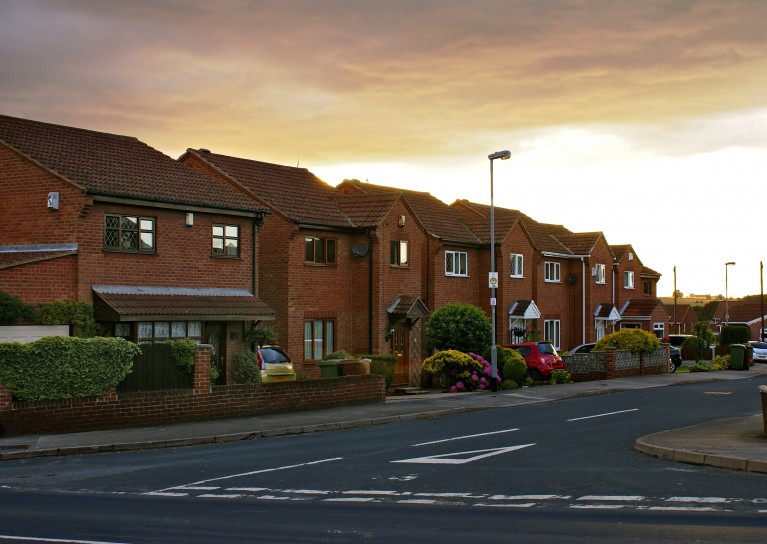
Advice for purchasing your first buy-to-let
If you’ve decided to buy your first property with the idea of attracting a tenant then you are most certainly not alone. One in five houses are now estimated to be owned by landlords and active on the rental market and If you are considering buy-to-let, it’s vital to do things right.
First off, you’ll want to research the market and weigh up the potential risks and benefits. You’ll more than likely need to take out a buy-to-let mortgage so you need to shop around and find the best deal. Have a look at what your profit margins will be and take into account other exponential costs such as renovation and maintenance. Ideally, you want to be making a return of about 125% to cover the mortgage repayments and turn a profit. Do you know anyone who is already a landlord? Talk to them about the potential risks and benefits.
From April 2015 landlords now have to pay an extra 3% stamp duty on property purchases making it less desirable for landlords to purchase buy-to-let properties, however, buy-to-let is still a viable method of income, providing you get the right deal and do your research. Be wary of any fluctuation in interest rates and the stock market as they can both have an effect on your return on investment.
When purchasing a house, try to imagine yourself in the position of the tenant. If they’re a young family, is there a school nearby? If they are commuting to work, is there a train station nearby? If they’re students, is it clean, comfortable and close enough to the college or university? The more boxes you tick, the higher chance you have of getting your property rented.
Most buy-to-let investors look for somewhere close to where they live to buy their first property but this doesn’t always have to be the case. Don’t be afraid to look further afield for a better-priced property, in a better location, and entrust in the help of a letting agent to help manage the running of the property.
You won’t find any tenants for a house that has cracks in the wall or damp in the cupboards, and if you do, the problems are only going to materialise further down the line. It’s important to thoroughly check the property before buying and we recommend carrying out a building survey. Once you’ve purchased the property, you’ll need to carry out any maintenance or renovation that needs doing – either yourself or by bringing in contractors.
You can offer your property as unfurnished, fully furnished or even part-furnished, but again think of your target tenant. A student might appreciate a sofa already there that they can crash on after a night out, but a young family might already have a sofa that they want to bring with them. Put yourself in the position of your ideal tenant.
The next step is to advertise your property well. You might have somebody in mind to rent your property, such as a family member, but if not, you’ll want to consider property websites such as Rightmove. Most tenants when looking for a house will use Rightmove so listing your property on there will more than likely attract you a tenant. If you enlist the help of a letting agent, they might have a list of existing tenants who are looking for a new house.
Finally, you’ll want to consider how hands-on you want to be in regards to running the property. Enlisting the help of a letting agent does come with a management fee but means your tenants get excellent service from our network of handymen, plumbers and electricians as well as the use of our 24-hour emergency line. We can also help with any tenancy documents, such as landlord insurance and make sure that you are covered.
Being a landlord isn’t easy but it most certainly can be a rewarding experience and provide an excellent return on investment. Get in touch today to take advantage of our six months free management and six months rental guarantee.
All information featured in this blog post is relevant as of October 2016.